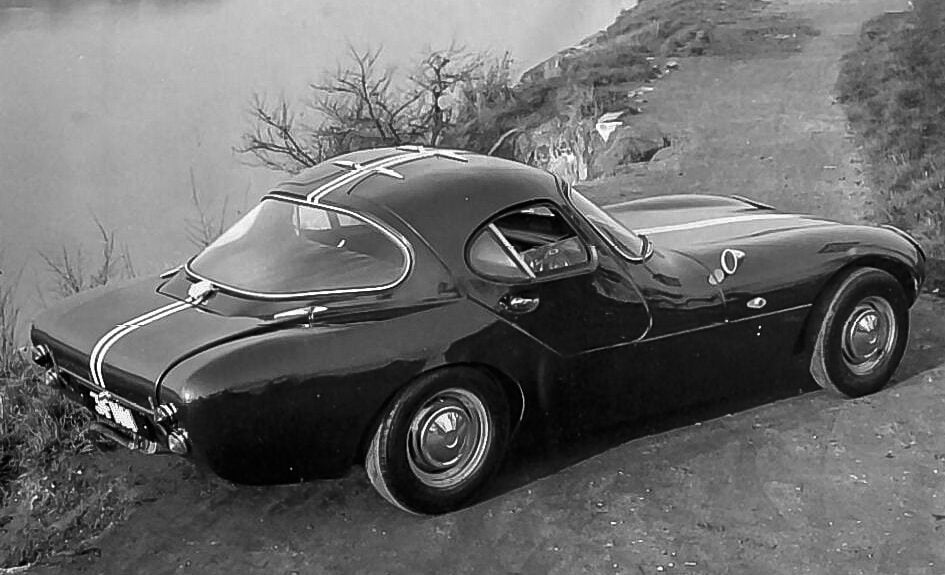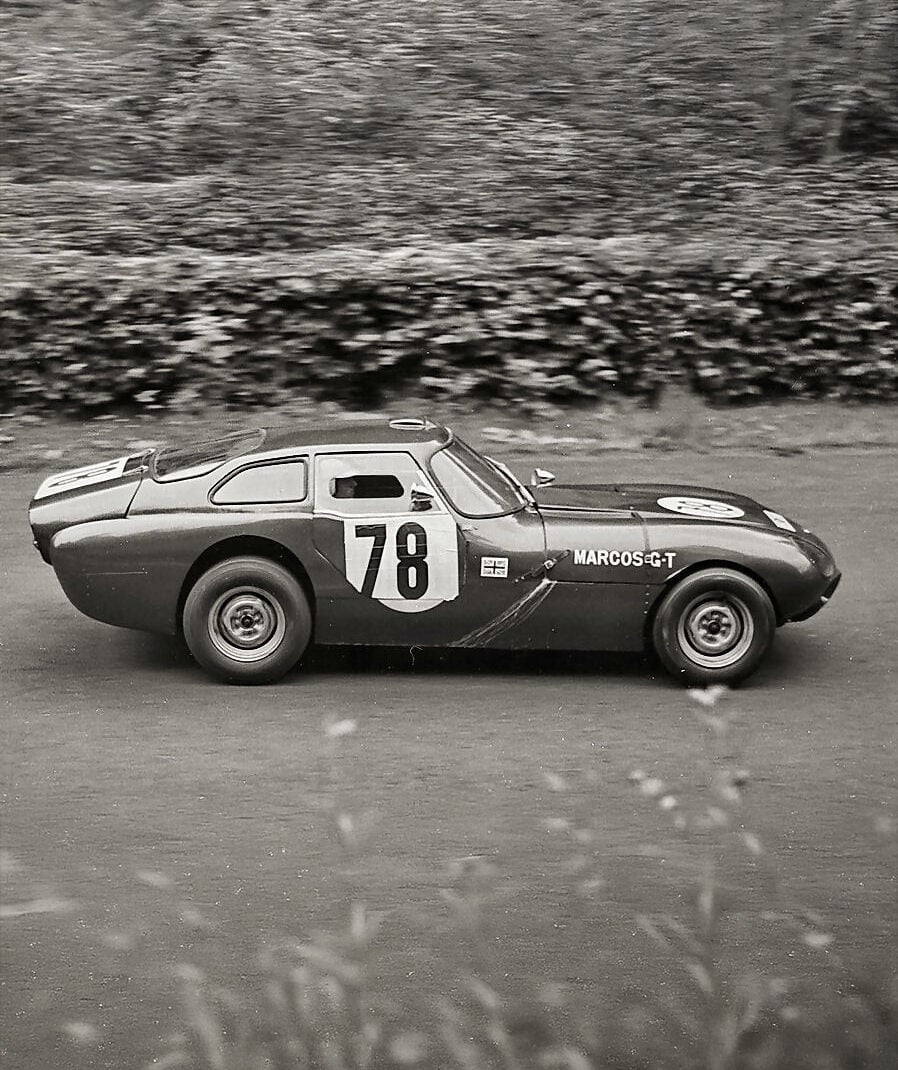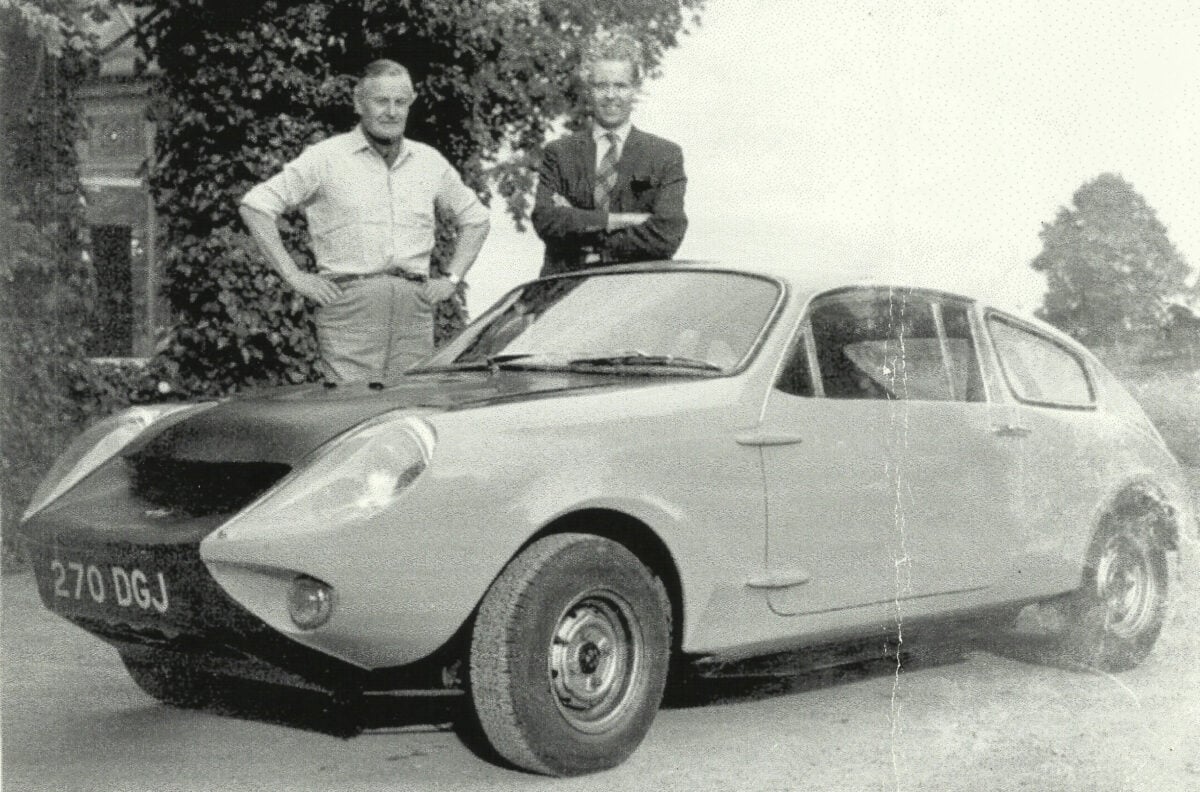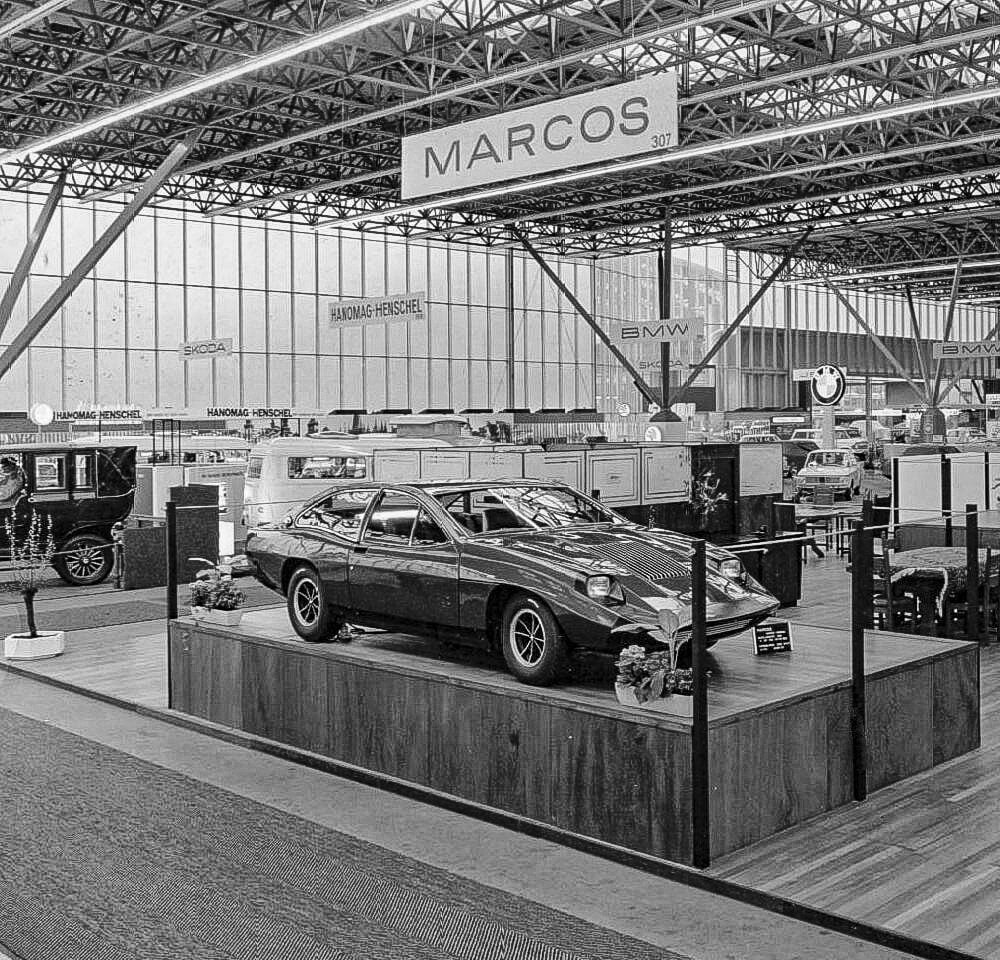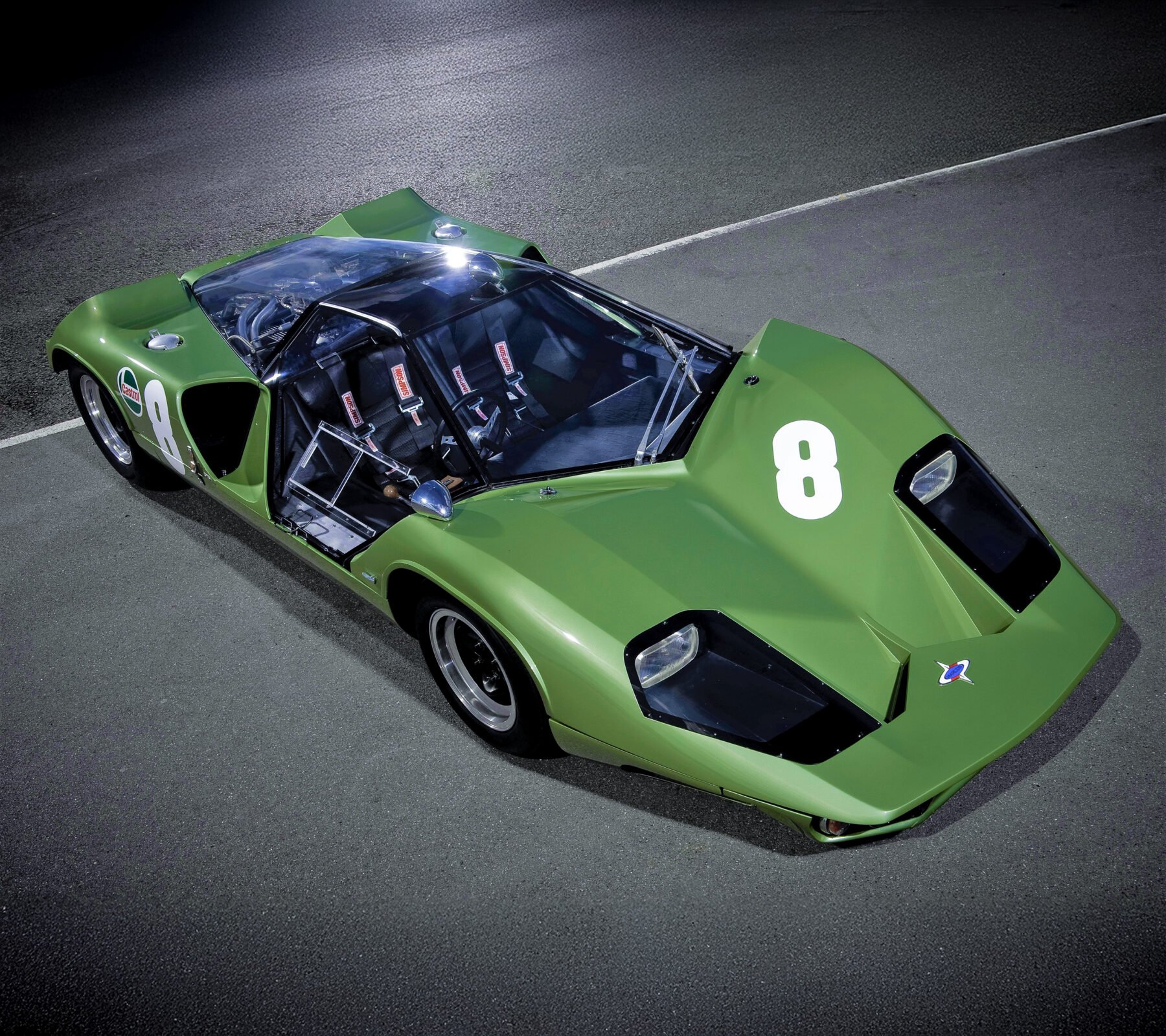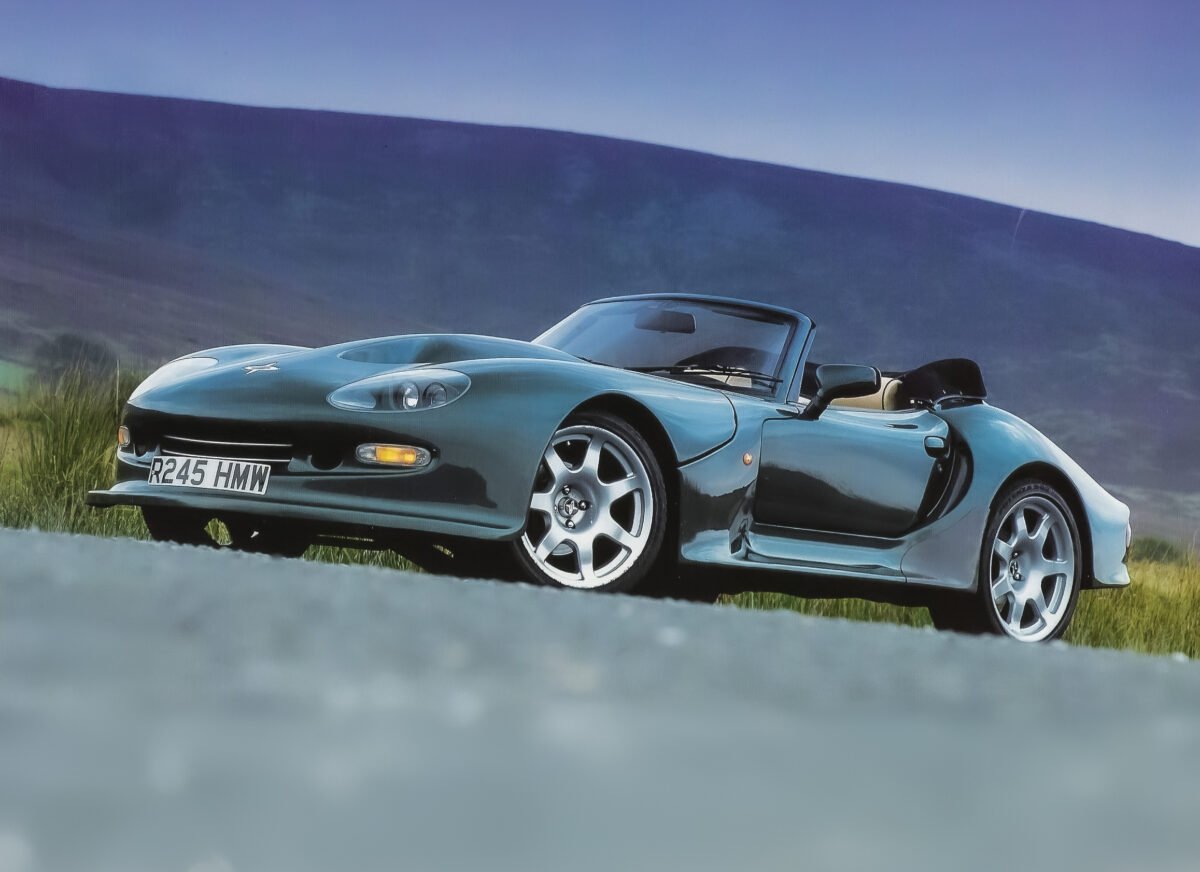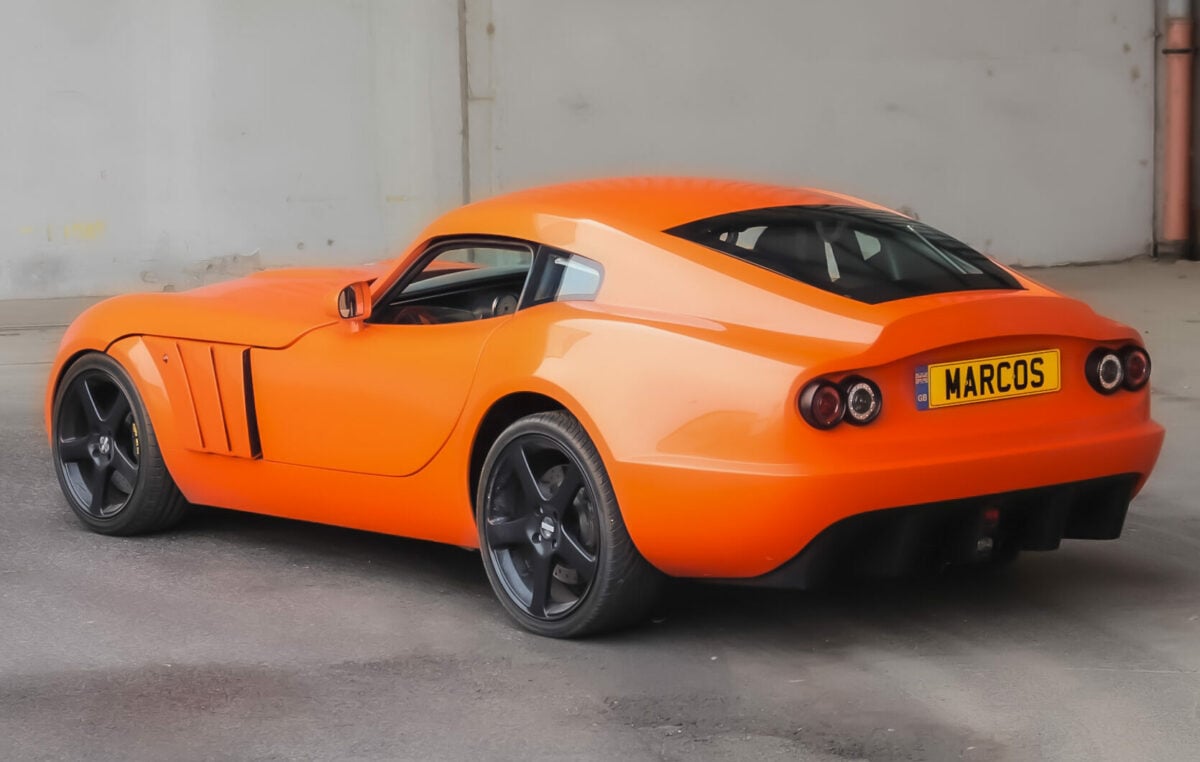The first Marcos car, built from 1959-1960, was the Xylon, named after the Greek for wood because of designer and engineer Frank Costin’s use of timber for the structure.
It was built primarily for racing and espoused Costin’s pursuit of function over aesthetics, resulting in the sit-up-and-beg cockpit, designed to accommodate his co-founder Jem Marsh’s 6’4” frame, and gained the Xylon the monicker The Ugly Duckling.


